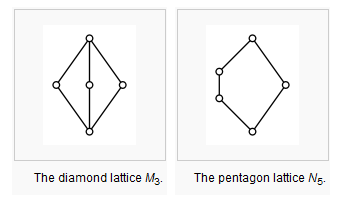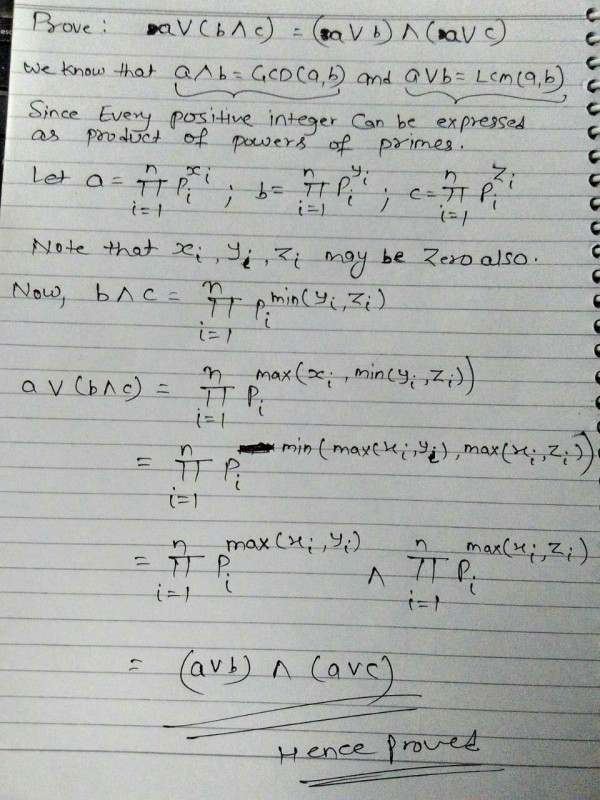Yes. It is Distributive lattice.
Method 1 :
Theorem : A lattice $L$ is distributive iff every element has at most one relative complement in any interval. Or in Simple words, In every Sublattice of lattice $L$, Every element has at most one complement.
Complement $Y$ of any element $X$ is defined as following :
$X \vee Y = I$ And $X \wedge Y = O$ ...Where $I$ is the greatest element and $O$ is the least element.
So, here, $I = a$ and $O = e$ and $\vee$ represents $LUB$ and $\wedge$ represents $GLB$ .
So, Complement(s) of $a$ = {e}
Complement(s) of $b$ = None.
Complement(s) of $c$ = {d}
Complement(s) of $d$ = {c}
Complement(s) of $e$ = {a}
Complement(s) of $f$ = None.
And if you take any sublattice of $L$ then you can check that In every Sublattice, every element has at most one complement.
So, It is indeed a Distributive lattice.
Method 2 :
Theorem : A lattice L is distributive iff L does not contain a pentagon or a diamond.

Here, the given lattice doesn't have $M_3$ or $N_5$ as Sublattice. Take 5-5 elements and check.
One subset of elements which might confuse students is $\left \{ a,c,f,d,e \right \}$ ...But if we check then we find that It isn't a sublattice of the given lattice because Join of $d,f$ doesn't belong to this sublattice. $d \wedge f = b$ and $b$ isn't in the Subset $\left \{ a,c,f,d,e \right \}$.
Method 3 :
Let $e =1, f = 2, d = 3, c = 4, b = 6, a = 12$... Hence, the Given lattice can be thought of as lattice $\left ( D_{12}, / \right )$
And
Theorem : Every $(Dn, /)$ is Always a Distributive lattice. Where $D_n$ is the set of all positive divisors of $n$. and $n$ is some positive integer.
The set $D_n$ of all positive integer divisors of a fixed positive integer $n$, ordered by divisibility, is a distributive lattice.
If You seek a Formal Proof, Here it goes :
We already know that "The set $(D_n,/)$ is a lattice." (also Can be proved easily)
So, In Order to Prove it Distributive, We need to Prove either one of the Two Distributive rules (Because If One holds then Other also Holds)
So, We need to Prove that $a \vee (b \wedge c) = (a \vee b) \wedge (a \vee c)$
